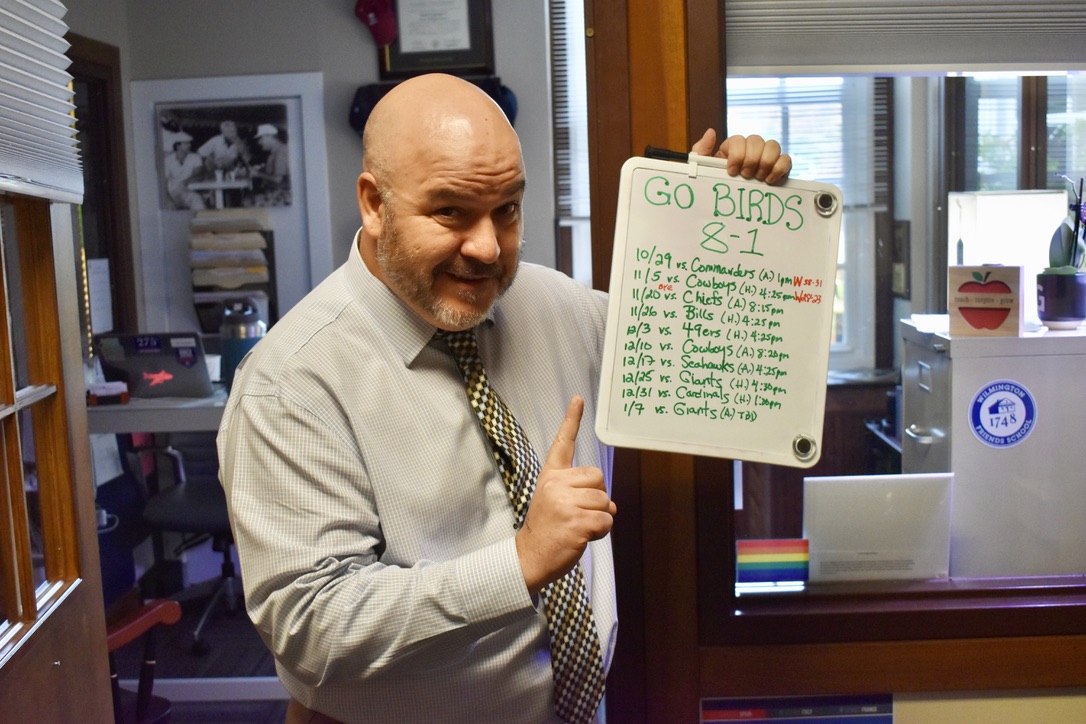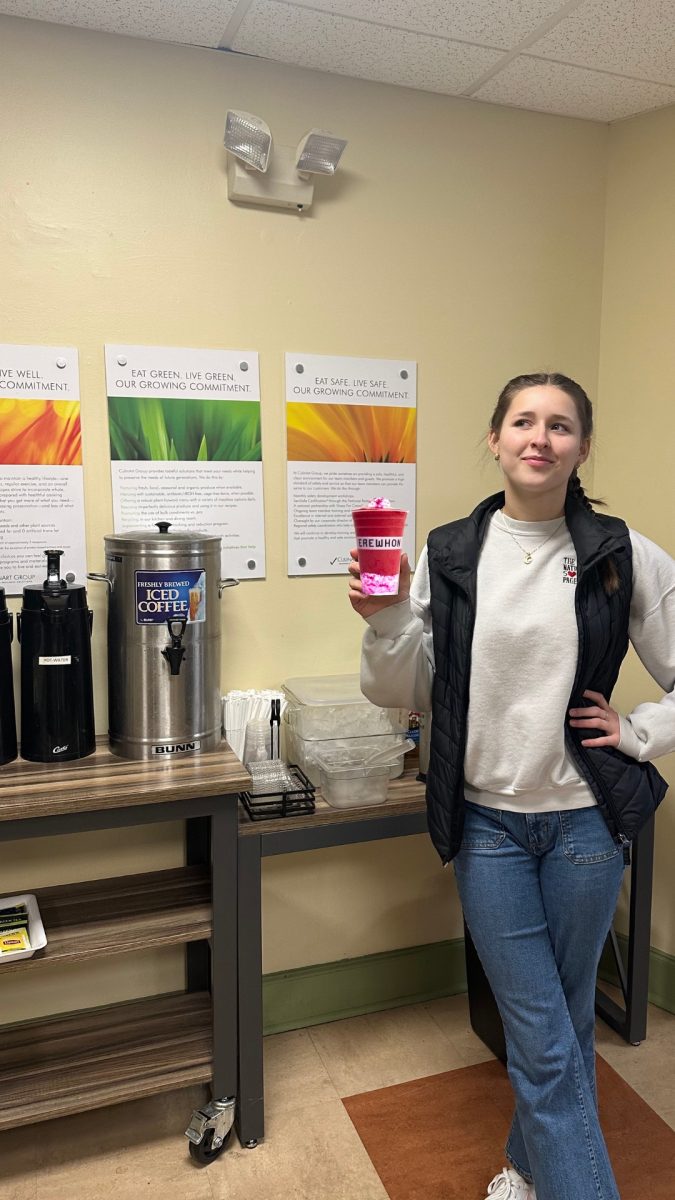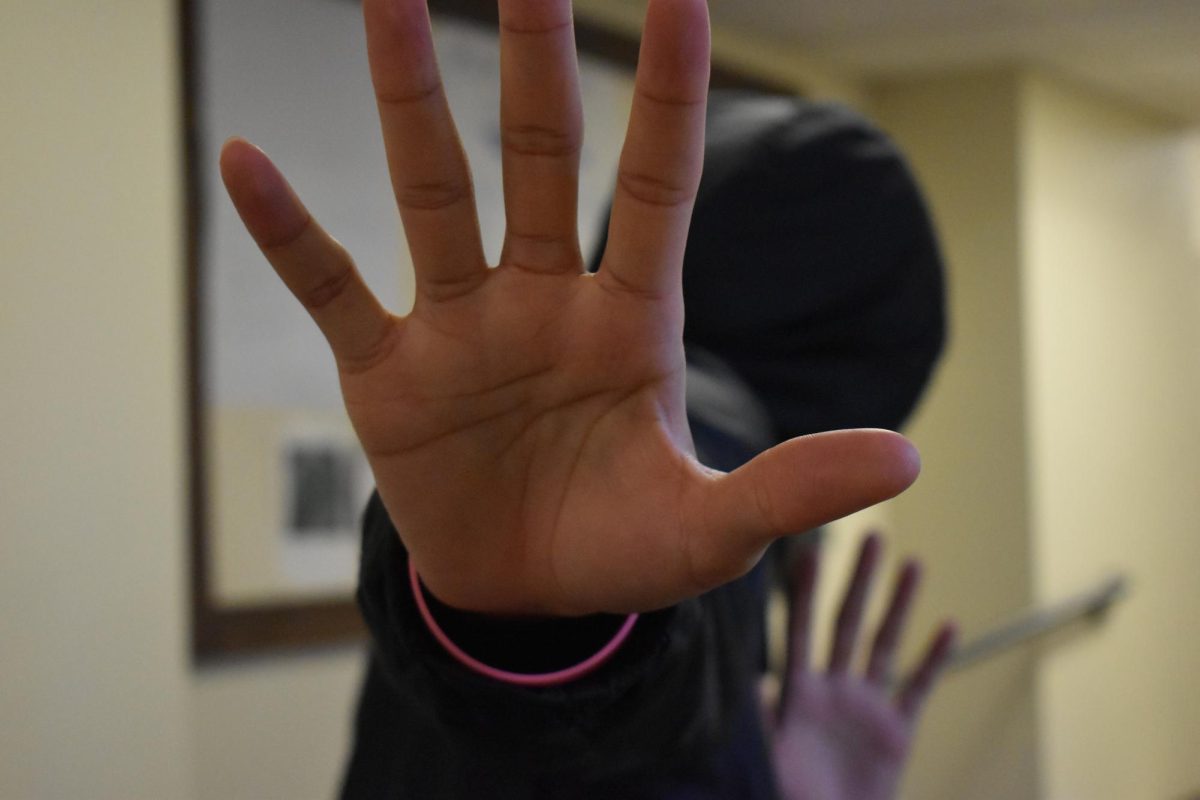Earth Overshoot Day was on August 22nd This Year: Is This Progress?
November 15, 2020
How could we know if our climate situation is getting better? Just recently, on August 22nd, our planet surpassed 2020’s Earth Overshoot Day (EOD), 132 days (or 18 weeks and 6 days, 4 months, and 10 days) short of the new year. EOD is the day in a given year in which humanity’s use of natural resources exceeds what Earth can regenerate in that year. This can be attributed to the large demand for certain raw materials, the extinction of plant and animal species, and the mass production of CO2 worldwide.
If the entire world population lived like the people of Qatar do, our EOD would fall on the 11th of February. If we all lived like the population of Indonesia, it would fall on the 18th of December. Each of the major countries of the world has its own timestamp and in a way a measurement to see how they’re doing in relation to the entire world. The United States is one of the main polluters on the Earth, and our EOD occurs on the 14th of March with 9 months and 18 days left where the US contributes to a net loss worldwide.
The number is calculated by dividing Earth’s biocapacity (the amount of ecological resources the Earth can produce in a year) by humanity’s Ecological Footprint (humanity’s demand that year) and multiplying by 365. The numbers are computed by the Global Footprint Network (the GFN), a charitable not-for-profit organization based in the United States, Belgium, and Switzerland.
Is EOD an accurate representation of how big of an issue climate change is in our world or even in certain countries? John Roskovensky, Upper School math teacher and Ph.D. in Atmospheric Sciences has this to say about the accuracy and worth of the GFN’s numbers: “It’s an interesting way to put the climate issue into perspective, and it’s the way everyone can understand. Sometimes when you just throw out absolute numbers, like how many million tons of carbon we produce in the air, you have no perspective on how much the air can even hold or whether that’s a big number at all. If you put it in the perspective of sustainability, the perspective of where we would land if we maintained the state of the environment we have today, people can grasp the enormity of the crisis.” And he is entirely correct. This year, for instance, the pandemic played a huge role in bringing about the first-ever overshoot day improvement, from July 29th in 2019 to August 22nd in 2020, and we’ll hopefully be able to see how we progress as the years go by.
The dream, of course, is to reach the day on December 31st or even after. Maddie Osbourn ’22 has the following to say: “I honestly think in every way possible we need some more support to bring our EOD closer to December. We the people are the only thing that will make a difference today, by using social media, and educating our friends and family on topics such as EOD.” Luke Munch ’21 believes the same: “Understanding and learning from this graphic should and does personally put more weight on my shoulders to be the change I want to see in the world. Tiny good deeds are important and worthwhile if everyone agrees to do them. We as citizens of the world cannot sit idly by and hope someone else fixes the problem we all are responsible for. Legislation should be encouraged but students can do small things and still produce positive change and help save the world.” They’ve got the exact right idea. Change starts with awareness, change starts with you.



























